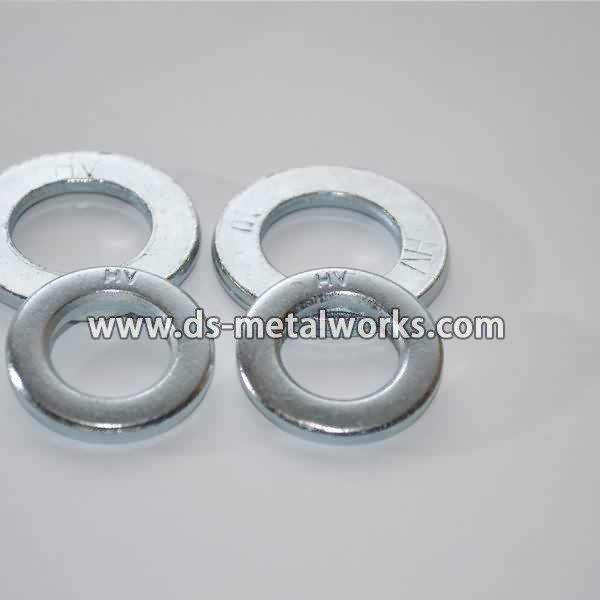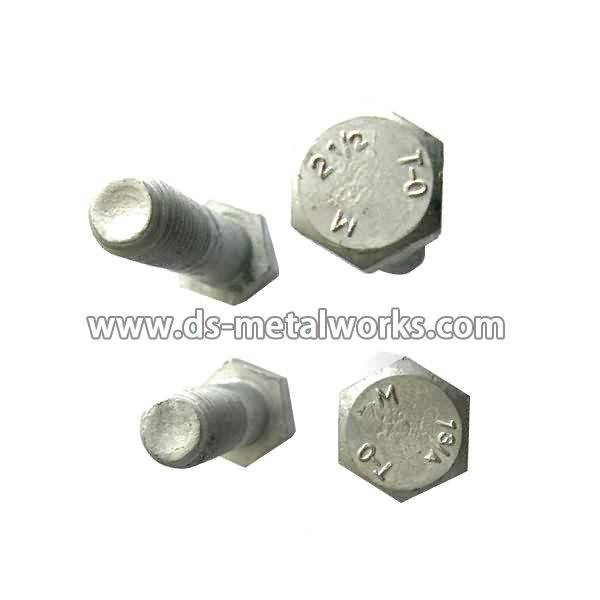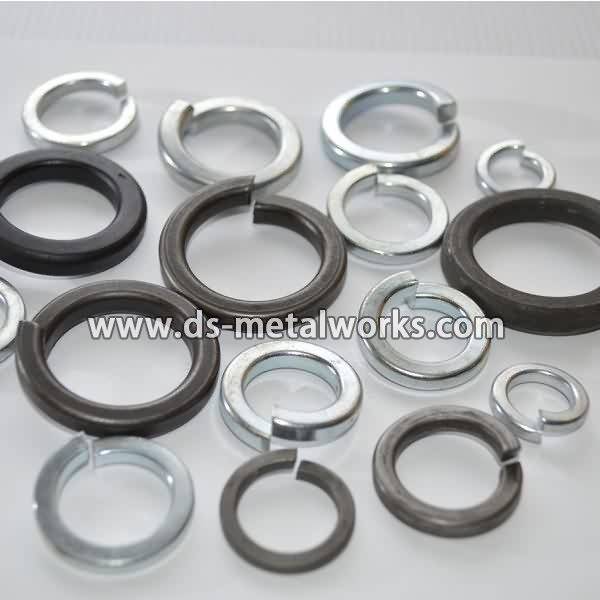Factory Free sample ASTM F3125 High Strength Structural Bolts to Tajikistan Manufacturer
Short Description:
ASTM released a new standard in 2015, This specification is a consolidation and replacement of six ASTM standards, including; A325, A325M, A490, A490M, F1852 and F2280. Bolts manufactured under this specification are intended for use in structural connections covered in the Specification for Structural Joints Using High-Strength Bolts, as approved by the Research Council on Structural Connections Dimension: ASME/ANSI B18.2.6, ASME/ANSI B18.2.3.7M Various head geometries or special thread l...
Product Detail
Product Tags
Factory Free sample ASTM F3125 High Strength Structural Bolts to Tajikistan Manufacturer Detail:
ASTM released a new standard in 2015, This specification is a consolidation and replacement of six ASTM standards, including; A325, A325M, A490, A490M, F1852 and F2280. Bolts manufactured under this specification are intended for use in structural connections covered in the Specification for Structural Joints Using High-Strength Bolts, as approved by the Research Council on Structural Connections
Dimension: ASME/ANSI B18.2.6, ASME/ANSI B18.2.3.7M
Various head geometries or special thread lengths are available under this new standard.
Inch Thread Size: 1/2″-1.1/2″ with various lengths
Thread Size: M12-M36 with various lengths
Grade: A325, A325M, A490, A490M, F1852 and F2280.
Finish: Black Oxide, Zinc Plating, Hot Dip Galvanized, Mechanically Galvanized, and so on
Packing: Bulk about 25 kgs each carton, 36 cartons each pallet. Or, comply with your requirement.
Advantage: High Quality and Strict Quality Control, Competitive price,Timely delivery; Technical support, Supply Test Reports
Please feel free to contact us for more details.
Product detail pictures:
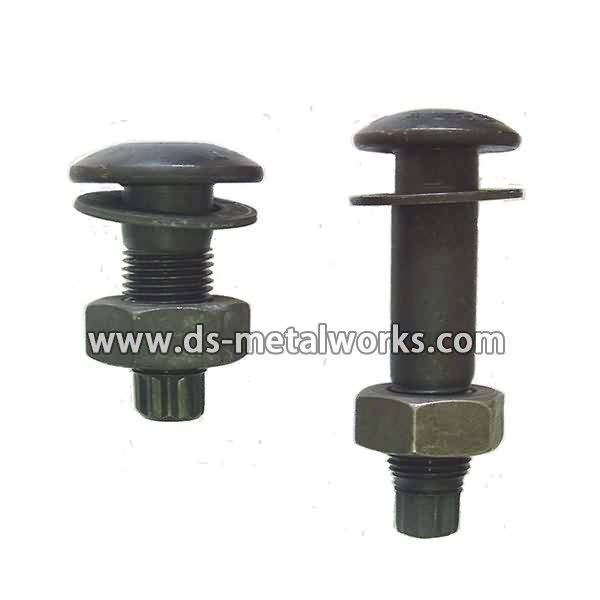
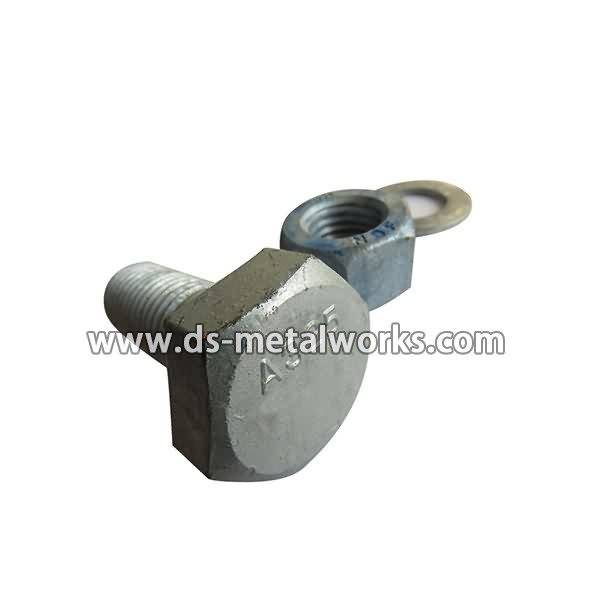

No matter new buyer or old purchaser, We believe in long expression and trusted relationship for Factory Free sample ASTM F3125 High Strength Structural Bolts to Tajikistan Manufacturer, The product will supply to all over the world, such as: Portugal, New York, Iraq, Since always, we adhering to the open and fair, share to get, the pursuit of excellence, and creation of valuevalues, adhere to theintegrity and efficient, trade-oriented, best way , best valve business philosophy. Together with our all over the world have branches and partners to develop new business areas, maximum common values. We sincerely welcome and together we share in global resources, opening up new career together with the chapter.
BUY ONLINE https://heightechsafety.com.au/safety-brands/hydrajaws.html
Free Call 1800 723 343
Tester Kit
Model 2008 HEAVY DUTY Tester Kit comprises;
145kN digital gauge, offset triangular aluminum load spreading bridge with 300mm M20 threaded legs, connecting 400mm M20 drop rod and nut, 5 x heavy duty threaded adaptors M20 M12, M20 M16, M20 M20, M20 M24 & M20 M30, 22mm ratchet spanner, allen keys and mounting screws.*
The 145kN Hydrajaws model 2008 tester has been designed to meet the demand for proof load testing of larger construction fixings. A lightweight triangular shape aluminium load spreading bridge has been designed specifically for the model 2008 tester and directs reaction loads away from the fixing, this combined with the tester weighs only 14kg.
Load application is achieved via a ratchet handle driving a hydraulic multiplier and the applied load is recorded on a digital gauge which is integral with the tester.
This compact design of the tester and load spreading bridge is lighter and more convenient to apply than a separate hydraulic pump and cylinder arrangement.
Tester Features
Lightweight 8.5kg
Compact
Ratchet handle operation
Low handle effort to achieve load
Threaded adaptors available in sizes: M12,M16,M20,M24 & M30
145Kn Test Capacity
Digital readout
Applications
Proof and failure load testing of most fixing types
High load expanding and resin anchors
Cast in sockets and channel
Holding down bolts for stanchion base plates
Base plate fixings for column lighting
Anchorage for crash barrier and safety fences
Anchorage for stadium crush barriers
Bridge parapet anchors
Single-point threading, also colloquially called single-pointing (or just thread cutting when the context is implicit), is an operation that uses a single-point tool to produce a thread form on a cylinder or cone. The tool moves linearly while the precise rotation of the workpiece determines the lead of the thread. The process can be done to create external or internal threads (male or female). In external thread cutting, the piece can either be held in a chuck or mounted between two centers. With internal thread cutting, the piece is held in a chuck. The tool moves across the piece linearly, taking chips off the workpiece with each pass. Usually 5 to 7 light cuts create the correct depth of the thread.
The coordination of various machine elements including leadscrew, slide rest, and change gears was the technological advance that allowed the invention of the screw-cutting lathe, which was the origin of single-point threading as we know it today.
Today engine lathes and CNC lathes are the commonly used machines for single-point threading. On CNC machines, the process is quick and easy (relative to manual control) due to the machine’s ability to constantly track the relationship of the tool position and spindle position (called “spindle synchronization”). CNC software includes “canned cycles”, that is, preprogrammed subroutines, that obviate the manual programming of a single-point threading cycle. Parameters are entered (e.g., thread size, tool offset, length of thread), and the machine does the rest.
All threading could feasibly be done using a single-point tool, but because of the high speed and thus low unit cost of other methods (e.g., tapping, die threading, and thread rolling and forming), single-point threading is usually only used when other factors of the manufacturing process happen to favor it (e.g., if only a few threads need to be made,[6] if an unusual or unique thread is required, or if there is a need for very high concentricity with other part features machined during the same setup).


